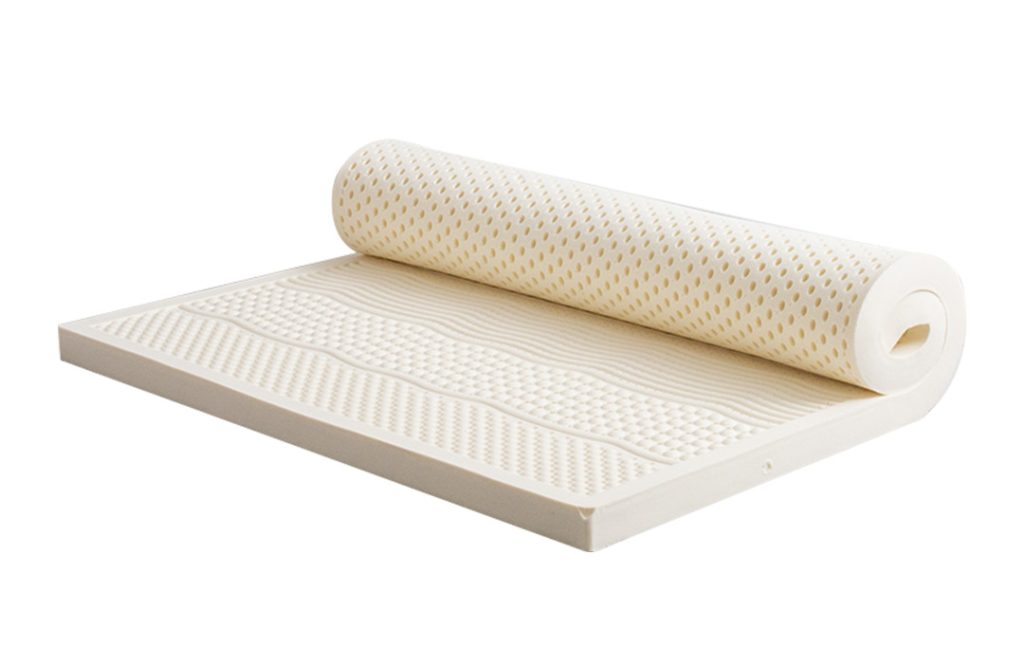The origin of latex:
The origin of latex can be traced back to the Amazon River basin in Brazil. In the 19th century, latex was introduced to Southeast Asia, where the climate and soil conditions were very suitable for the growth of rubber trees, gradually becoming the main producer of natural rubber worldwide.
Nowadays, countries in Southeast Asia such as Thailand, Malaysia, and Indonesia are the world’s major latex producing countries, and their latex products occupy an important position in the global market.

The invention of latex mattress:
The inventor of latex mattresses was Dunlop from the UK.
In 1929, Dunlop scientists discovered the material latex. In 1931, Dunlop Company produced the first latex mattress. Since then, latex mattresses have been favored by many consumers due to their good ventilation and low allergenicity.

Classification of latex:
Lupu process: This is a traditional chemical foaming process, which involves foaming first and then injection molding, with the addition of chemical gelling agents during later vulcanization. The production line of this process is mature, the difficulty of developing new products is relatively low, and the cost is relatively low. Currently, most latex mattresses on the market use this process
Trare process: using physical foaming technology, first injection molding and then foaming, without adding foaming agent, the foaming effect is achieved directly through vacuum pumping. The latex mattress produced by this process has an open hole structure inside, which has better breathability and elasticity, but the cost is high and the production cycle is also long.
Dunlop’s third-generation latex is talasilver, which was introduced in 2010 and is Dunlop’s proprietary technology. Its characteristic is the application of nano silver technology to latex, which can efficiently remove harmful substances and inhibit bacterial growth, providing a safety lock for antibacterial function.
The fourth generation latex is talasilver wave, which was launched in 2015. It adds microwave technology on the basis of the third generation, using physical means and manufacturing processes to make the cell structure of latex more uniform, more resilient, and to improve its breathability and ventilation. The use of microwave technology can objectify latex from the inside out, further enhancing its performance.
When choosing a latex mattress, you can consider your budget, body type, preference for mattress softness and hardness, and actual needs comprehensively. At the same time, when purchasing, attention should also be paid to product quality, latex content, size and other parameters, as well as legitimate sales channels and brand after-sales service.
The benefits of latex mattresses:
Good environmental friendliness: mainly made of latex made from pure natural oak milk. Strong comfort: good support, good softness, and good resilience. High elasticity: It can meet the needs of people of different weights, and its good support can adapt to various sleeping positions of sleepers.
Anti mite and antibacterial: Oak protein in latex can inhibit bacteria and allergens, and its good ventilation and air permeability also damage the living environment of mites.
